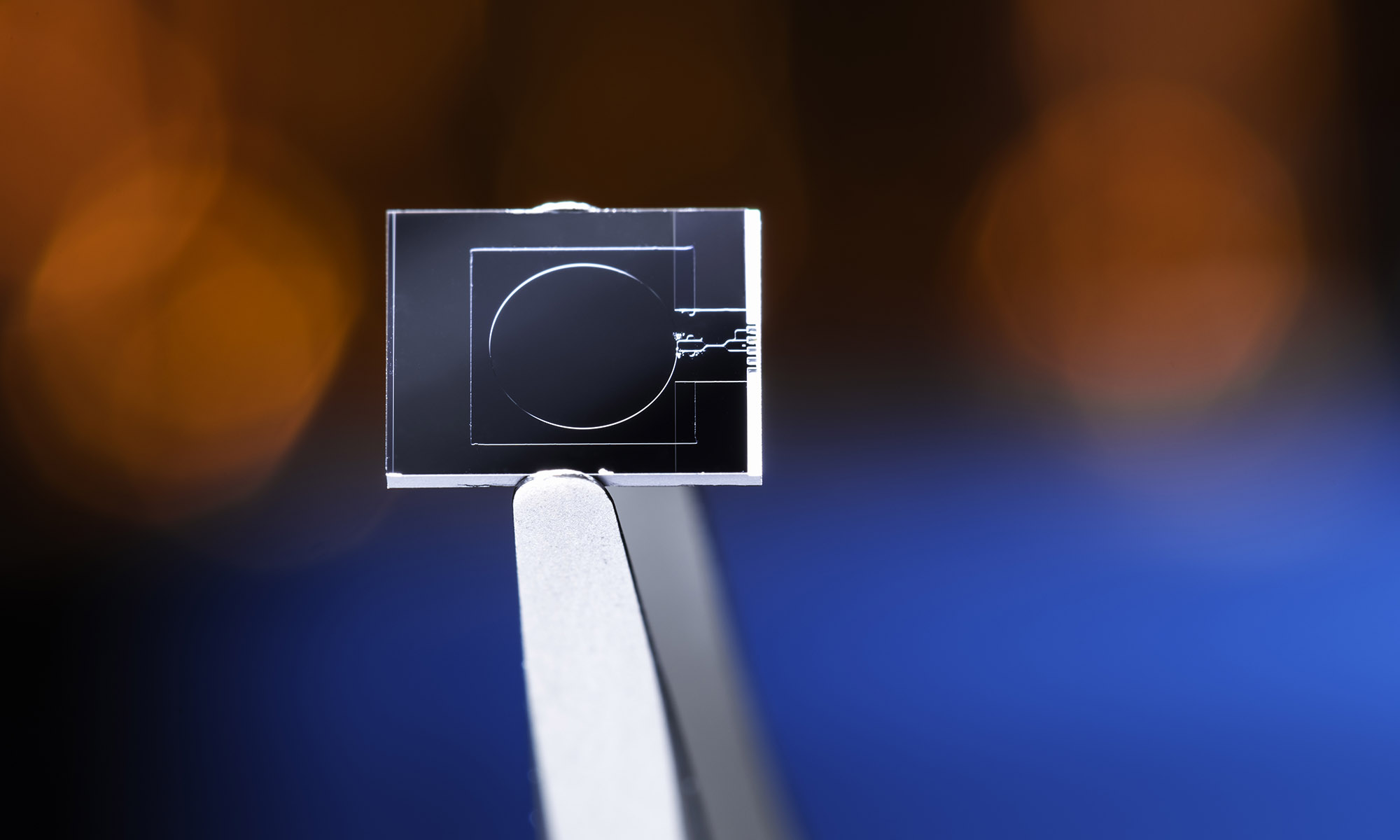October 13, 2023
Researchers at University of Rochester are developing photonic chips that could replace the gyroscopes currently used in unmanned aerial vehicles or drones, enabling them to fly where GPS signals are jammed or unavailable. Using a quantum technique called weak value amplification, the scientists aim to provide the same sensitivity level of bulk optical gyroscopes on small, handheld photonic chips, potentially transforming navigation for drones.
Jaime Cardenas, an associate professor at the Institute of Optics, received a new National Science Foundation grant to develop the chips through 2026. Cardenas says the optical fiber gyroscopes used in the most advanced drones today contain spools of fiber several kilometers long or have limited dynamic range.
“Right now, the sensitivity and stability of a gyroscope must be fundamentally traded off between its size and weight,” he says. “As drones, UAVs, and satellites become smaller and more ubiquitous, the need for ultracompact navigation-grade gyroscopes will become critical. State-of-the-art miniaturized gyroscopes are compact and robust but suffer from a performance deficit that hinders their use in navigation.”
According to Cardenas, weak value amplification provides advantages over traditional methods because it boosts the signal of an interferometric measurement without the cost of amplifying several forms of technical noise. But previous demonstrations of weak value amplification have required complex lab setups with precise alignment; Cardenas strives to implement weak value amplification on a tiny photonic chip with a high-quality factor ring resonator.
Cardenas’ collaborators on the project include physicist Andrew Jordan, formerly a faculty member at Rochester and now at Chapman University. Cardenas says he will also work with the University’s David T. Kearns Center for Leadership and Diversity to broaden the participation of underrepresented groups through research experiences for high school students from the Rochester City School District that spark their desire for a career in STEM.





